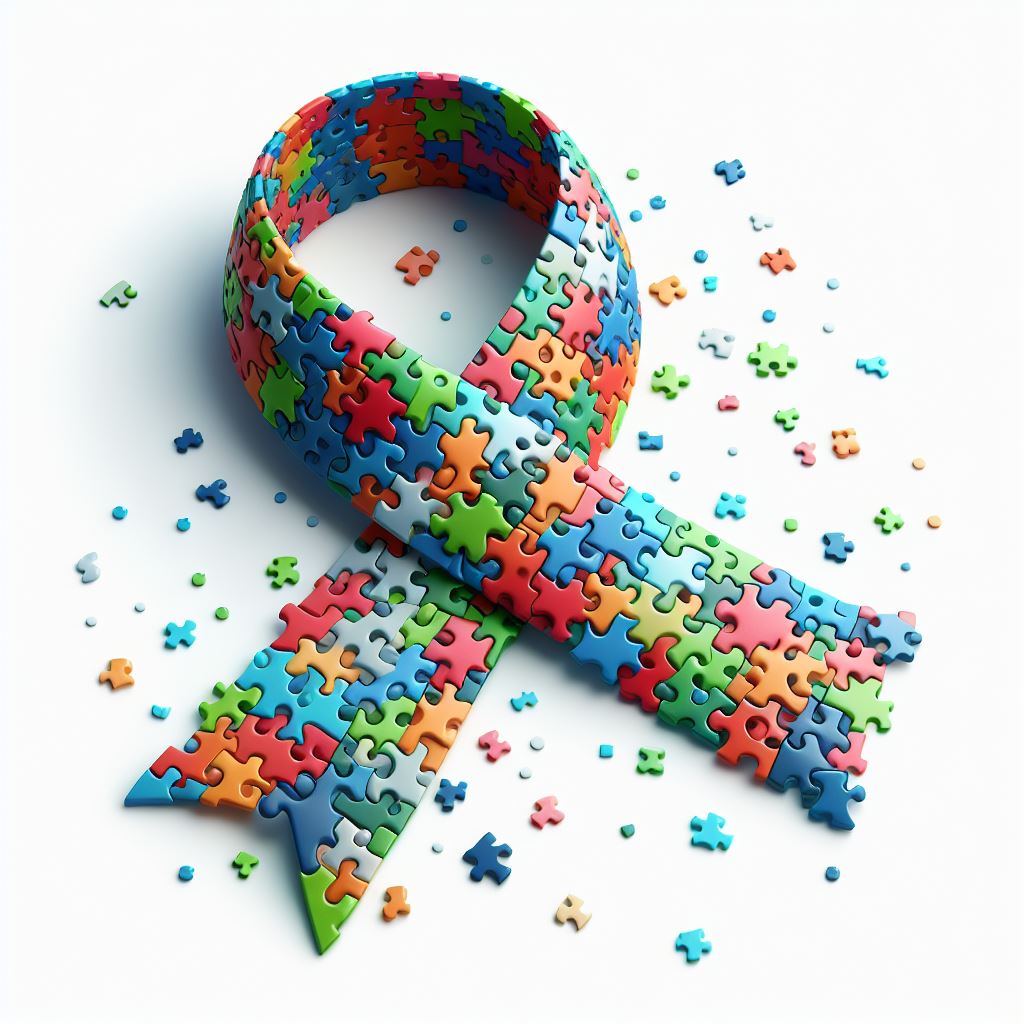Understanding the Range: A Comprehensive Overview to Autism Awareness
Wiki Article
Comprehending Autism: A Comprehensive Guide to Symptoms and signs
Autism Range Disorder (ASD) encompasses a wide variety of characteristics that can substantially impact a person's social interactions and daily performance. Recognizing these nuances not only aids caretakers and instructors in giving ideal assistance yet also cultivates an extra comprehensive setting for people with ASD.Overview of Autism Spectrum Disorder
Defining Autism Range Condition (ASD) involves identifying it as an intricate neurodevelopmental problem identified by an array of obstacles in social communication, communication, and behavior patterns. The term "spectrum" shows the broad variability in signs and symptoms and their extent, which can vary substantially from one individual to another. ASD typically materializes in early childhood, although some individuals may not receive a diagnosis till later on in life.Elements influencing the development of ASD consist of genetic tendencies and ecological aspects, although the exact causes remain under examination. Medical diagnosis typically relies on behavior assessments, as there are no definitive clinical tests for ASD. Early treatment is crucial and can considerably boost end results, concentrating on improving interaction skills, social communications, and adaptive actions.
Individuals with ASD might additionally display distinct toughness, such as exceptional interest to information or certain areas of competence. Recognizing the complex nature of ASD is essential for promoting a comprehensive atmosphere that fits neurodiversity. Continued research study is vital for establishing effective treatments and support group, enabling people with ASD to thrive and meet their possible within culture.
Typical Indications of Autism
Identifying the usual indications of Autism Range Condition (ASD) is important for very early recognition and treatment. These signs can differ commonly in intensity and discussion, but certain qualities are regularly observed in individuals with ASD.One of the most prevalent indications is a significant difficulty in developing and maintaining eye call. People might likewise show limited rate of interest in social communications and reveal a choice for singular play.
Sensory level of sensitivities are likewise usual; individuals may panic or underreact to sensory stimuli, such as sounds, structures, or lights. autism. Language development can be atypical, with some youngsters displaying postponed speech or utilizing language in uncommon methods, consisting of echolalia-- duplicating sentences or expressions listened to elsewhere
It is necessary to keep in mind that not every person with ASD will certainly present all these indicators, and the degree of these actions can differ considerably. Early acknowledgment allows for timely support and resources, improving the lifestyle for those on the spectrum.
Social Communication Obstacles
Social communication obstacles are a hallmark of Autism Range Problem (ASD), affecting a person's capability to engage effectively with others. These problems can manifest in numerous methods, including obstacles in initiating and keeping conversations, understanding social cues, and responding properly in social interactions.People with ASD may battle with nonverbal communication, such as eye call, facial expressions, and body movement. This can cause misunderstandings, as their communicative intent may not be appropriately analyzed by others. Moreover, they might discover it challenging to grasp the subtleties of tone and context, which are important for effective interaction.
In team settings, people with ASD might feel overwhelmed and might not understand how to join in discussions (autism). They could additionally show atypical conversational patterns, such as monologuing concerning details passions without identifying social reciprocity
Moreover, these obstacles can cause social isolation or difficulties in developing partnerships, as peers might misunderstand their behavior or interaction design. Comprehending these social communication difficulties is critical for fostering encouraging settings that advertise social abilities development and boost the high quality of communications for individuals on the autism spectrum.
Sensory Level Of Sensitivities and Reactions
Numerous individuals with Autism Range Condition (ASD) experience increased sensory level of sensitivities that can significantly impact their everyday lives. A person with ASD might locate day-to-day sounds, such as useful reference a vacuum cleanser or crowded environments, extremely stressful, leading to stress and anxiety or meltdowns.Sensory handling distinctions in individuals with ASD can likewise affect their ability to engage in routine activities and social interactions. A kid that is delicate to touch might withstand physical love or stay clear of specific garments textiles. Additionally, a choice for sure textures or preferences can restrict nutritional options and develop obstacles throughout nourishments.
Understanding these sensory level of sensitivities is crucial for identifying the distinct experiences of people with ASD. Understanding of their sensory accounts can promote better interaction and support methods, creating an atmosphere that accommodates their demands and enhances their lifestyle. Ultimately, acknowledging sensory sensitivities is a vital component of understanding the broader spectrum of autism.
:max_bytes(150000):strip_icc()/autism-coping-4686275-v5-0ebcd414a35a481282d891a9d69d4bb9.png)
Supporting People With Autism
Effective support for people with Autism Range Problem (ASD) is crucial for improving their total wellness and cultivating visit our website self-reliance. Support strategies should be customized to fulfill the distinct needs of each individual, considering their staminas and obstacles.
Social abilities training can also play a critical duty. autism. Involving people in group tasks or role-playing scenarios can improve their ability to navigate social interactions. In addition, it is necessary to educate household members, caretakers, and peers about ASD to foster a comprehensive and encouraging area
Verdict
By fostering improved interaction and social abilities, individuals with autism can navigate their environments much more efficiently. Ultimately, boosted recognition and support can substantially boost the high quality of life for those affected by ASD.Autism Spectrum Condition (ASD) incorporates a broad variety of characteristics that can considerably impact a person's social communications and daily imp source functioning.People with ASD may battle with nonverbal interaction, such as eye contact, facial expressions, and body language.Many people with Autism Spectrum Disorder (ASD) experience enhanced sensory level of sensitivities that can dramatically influence their everyday lives.Sensory handling differences in individuals with ASD can additionally influence their ability to involve in social interactions and regular activities.Comprehending these sensory sensitivities is important for acknowledging the special experiences of individuals with ASD.
Report this wiki page